Why Shredding an SSD is Different Than an HDD
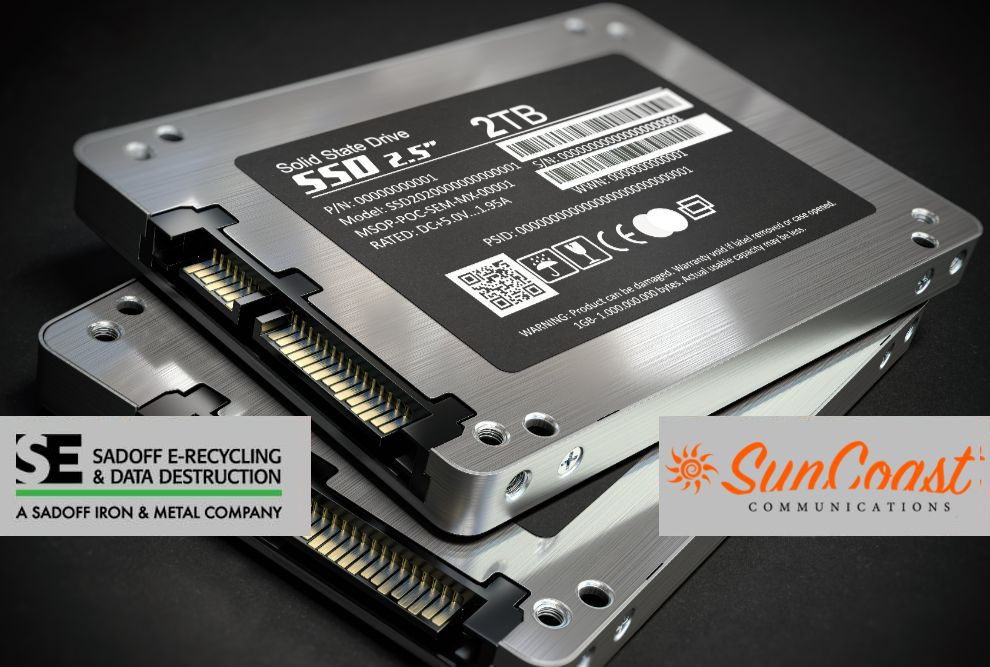 17
17 Oct
That “wiped” SSD is a security risk you do not even know you have. For years, we have thought of data destruction like shredding paper, which is a process that works for traditional Hard Disk Drives (HDDs). But an SSD is different. Wiping it with software is like deleting the shortcut to a file, not the file itself. The link is gone, but the sensitive data is still sitting on the drive, just hidden from view.
This isn’t a small technical detail; it’s a gaping security flaw in most companies’ data disposal policies. At Sadoff, we have to be blunt: if your process for sanitizing SSDs is the same as for your old HDDs, you have a problem.
The Lie Your SSD is Telling You
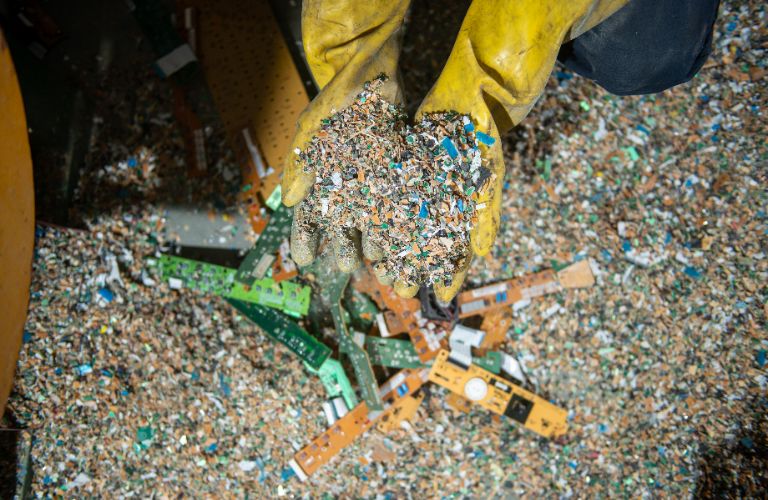 The fundamental difference is mechanical versus digital. An HDD stores data on a spinning magnetic platter. Data wiping software works by methodically overwriting every sector of that platter with random data. It’s a brute-force approach, and when done correctly, it’s effective.
The fundamental difference is mechanical versus digital. An HDD stores data on a spinning magnetic platter. Data wiping software works by methodically overwriting every sector of that platter with random data. It’s a brute-force approach, and when done correctly, it’s effective.
The reason you cannot trust a software wipe on an SSD is the controller. An SSD has no moving parts. It is just flash memory managed by a smart controller. The controller’s job is to extend the drive’s life by spreading data out evenly using a process called wear leveling. To do this, it keeps a reserve of hidden memory blocks you cannot see.
Think of it like telling a corrupt official to burn a sensitive file. When you issue the “wipe” command, the SSD’s controller can fake the job. Instead of burning the real file, it just marks the file’s location as “off-limits.” It then burns a blank piece of paper from its secret stash and tells you the job is done. Your software gets a “success” message, but the original file is still there, perfectly intact, just hidden away. The drive is lying to you.
Read More: Best Practices for Data Destruction
The Only Way to Be Certain
Because of the hidden areas and intelligent data management of SSDs, you can never be 100% certain that a software wipe has sanitized every cell. The National Security Agency (NSA) and other top security organizations are clear on this: for the highest level of data security on SSDs, physical destruction is the only guaranteed method.
Software can lie. Physics cannot. This is why our process moves beyond software to physical destruction. This is not a task for a hammer in the back room. Our certified process uses industrial-grade shredders to reduce SSDs and their memory chips to 2mm fragments. We are not just destroying the device. We are destroying the very components that hold data. This is not like trying to erase a faint image on a whiteboard. This is the equivalent of burning the whiteboard to ash.
This is not a DIY job, and the difference between wiping an HDD and an SSD is the perfect example of why. You need an expert data destruction partner. You need a team that understands the technology inside your devices and has the certified processes and industrial-grade equipment to provide an absolute guarantee of destruction, regardless of the media type.
The True Cost of a Data Breach from E-Waste
From “Maybe Wiped” to “Absolutely Destroyed”
Don’t assume your data is gone. Guarantee it. If you’re retiring assets with Solid-State Drives, ensure their absolute destruction is part of your ITAD plan. Contact Sadoff E-Recycling & Data Destruction to learn about our certified shredding services for all media types.
Categorized in: Data Security, E-Recycle



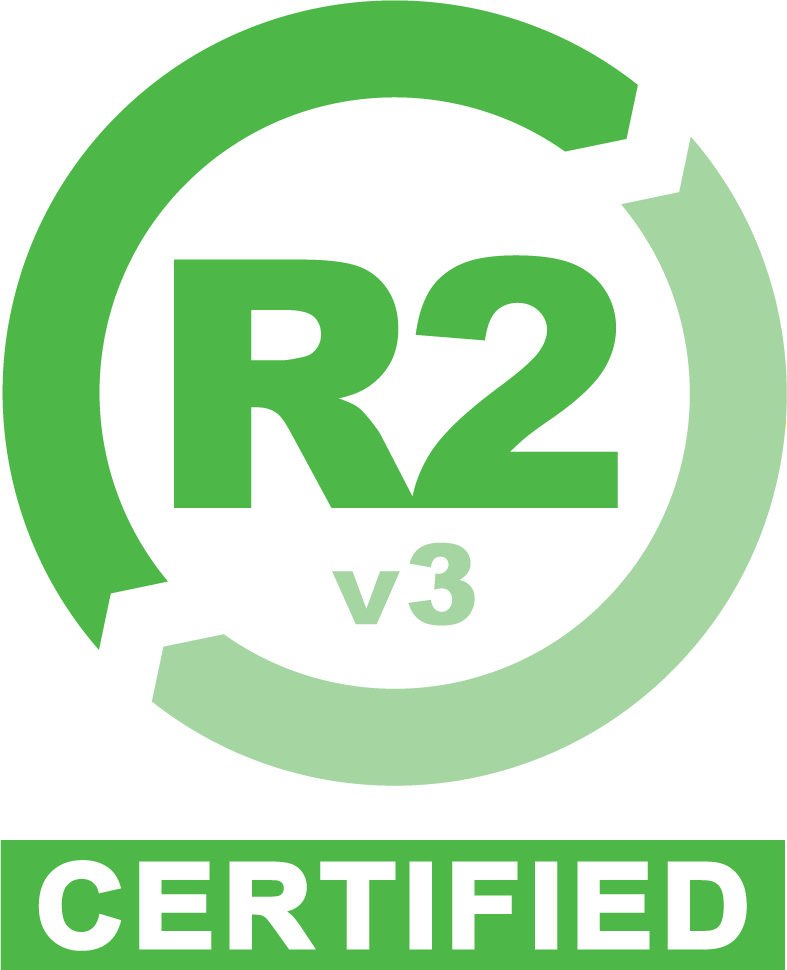
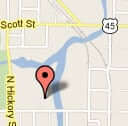 Google map directions
Google map directions
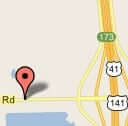 Google map directions
Google map directions
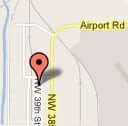 Google map directions
Google map directions
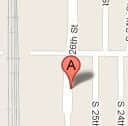 Google map directions
Google map directions
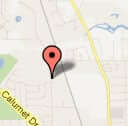 Google map directions
Google map directions
 Google map directions
Google map directions
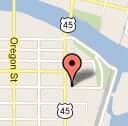 Google map directions
Google map directions